Adjustable-Rate Mortgages Surge in Popularity, but Will It End in Disaster?
The housing market has witnessed a significant shift in recent months, with adjustable-rate mortgages (ARMs) experiencing a resurgence in popularity. According to the Mortgage Bankers Association, the share of ARMs reached nearly 13% of all mortgage applications this fall, the highest level since 2008. This development has sparked concerns among experts, who warn that the risks associated with ARMs may be repeating themselves.
Financial details and metrics reveal that the allure of ARMs lies in their lower starting rates, which can be as much as a full percentage point lower than fixed-rate loans. The typical 5/1 ARM has an interest rate in the mid-5 range, compared to the 30-year fixed rates of 6.3% and above. On a $400,000 loan, this initial discount translates into $200 or more in monthly savings. However, experts caution that ARMs can become costly if interest rates rise, leading to higher monthly payments and potentially even foreclosure.
The market impact of this trend is significant, as it reflects a shift in consumer behavior in response to rising interest rates. With the Federal Reserve continuing to hike interest rates to combat inflation, homebuyers are seeking ways to reduce their mortgage costs. ARMs offer a temporary reprieve, but experts warn that this may come at a steep price in the long run.
The company and industry background of ARMs is complex and multifaceted. ARMs were at the center of the 2008 global financial crisis, as subprime borrowers took on mortgages with adjustable rates that reset to much higher levels, leading to widespread defaults and foreclosures. However, the industry has undergone significant reforms since then, with lenders required to adhere to stricter underwriting standards and borrowers provided with clearer disclosures about the risks associated with ARMs.
Despite these reforms, experts caution that the risks associated with ARMs remain. "The problem with ARMs is that they can become unaffordable if interest rates rise," said a mortgage expert. "Borrowers need to carefully consider their financial situation and whether they can afford the potential increase in monthly payments."
Looking ahead, the future outlook for ARMs is uncertain. While they may offer temporary savings, the risks associated with them are real and potentially catastrophic. As the housing market continues to evolve, experts warn that borrowers need to be cautious and carefully consider their options before taking on an ARM. The Federal Reserve's future direction will also play a significant role in shaping the market, as a change in interest rates could have a profound impact on the popularity of ARMs.
In conclusion, the resurgence of ARMs in the housing market is a complex and multifaceted issue. While they may offer temporary savings, the risks associated with them are real and potentially catastrophic. As the market continues to evolve, experts warn that borrowers need to be cautious and carefully consider their options before taking on an ARM.
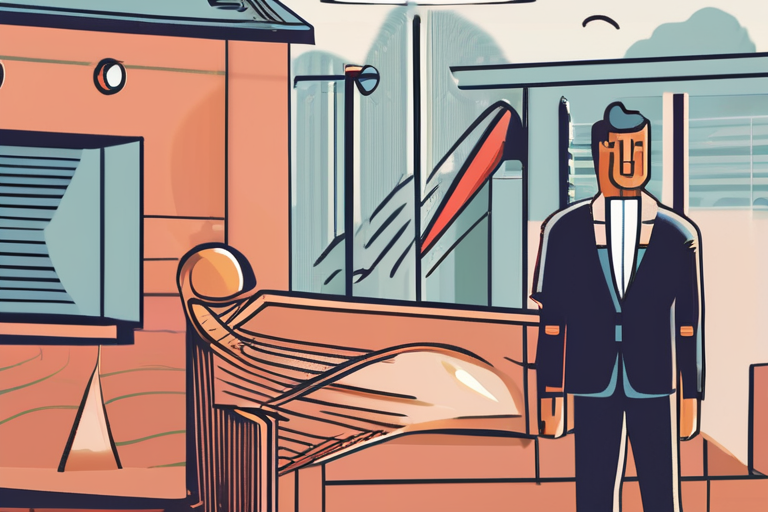


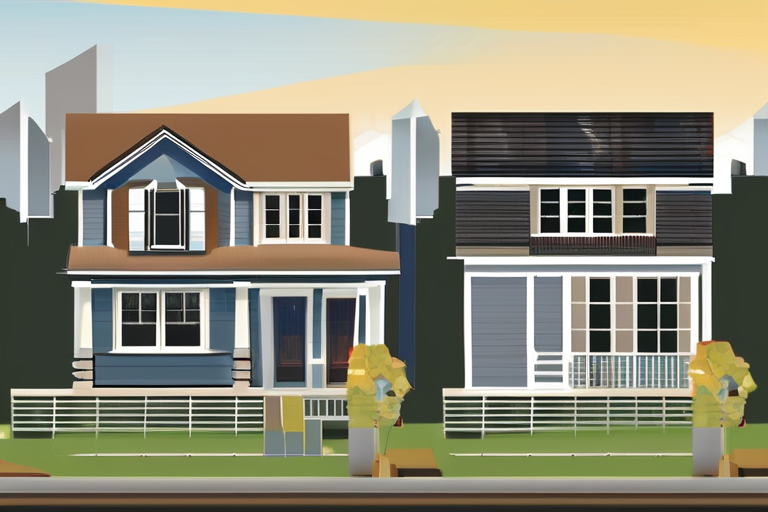

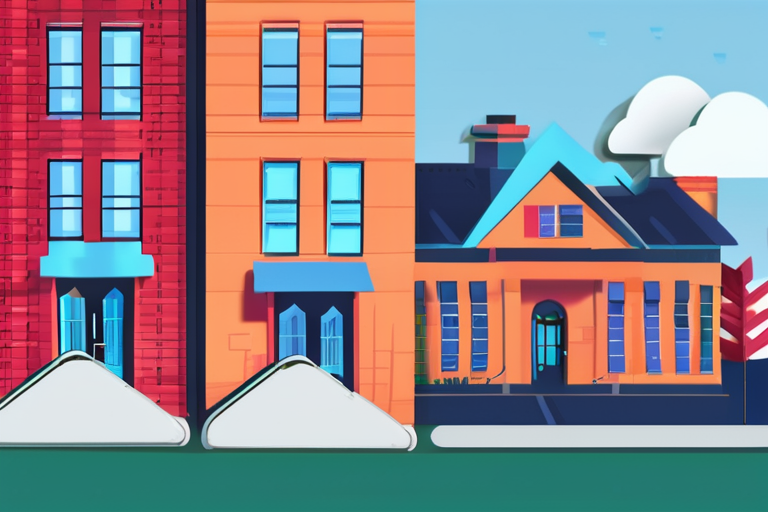
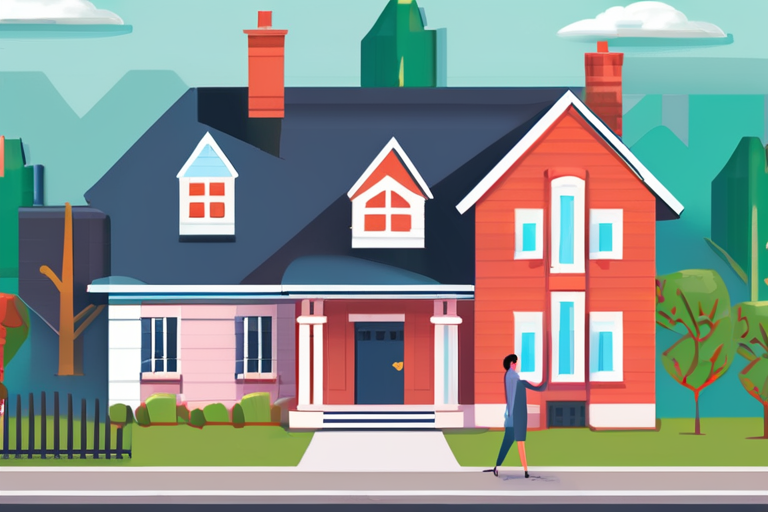
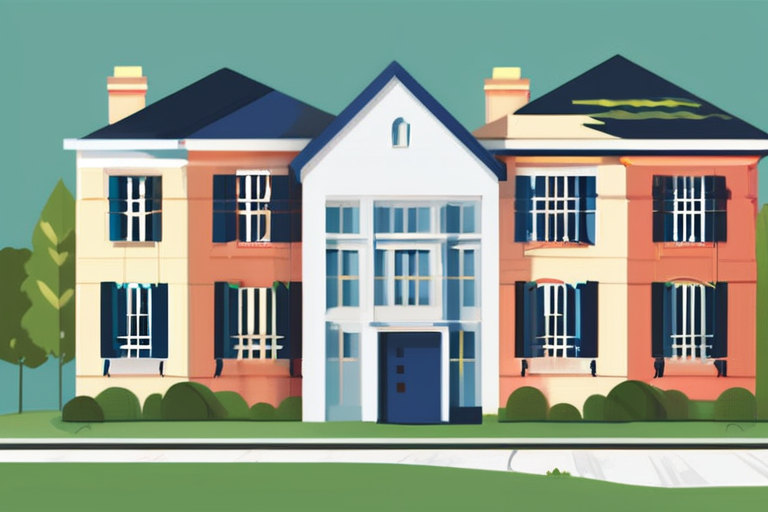


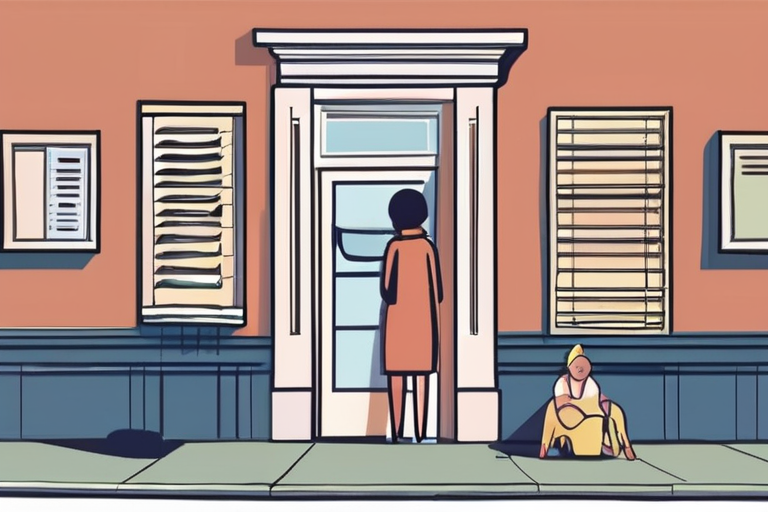
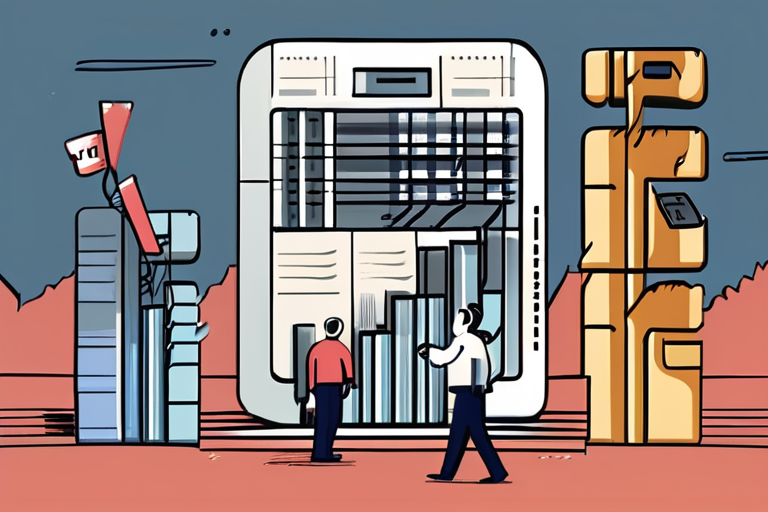
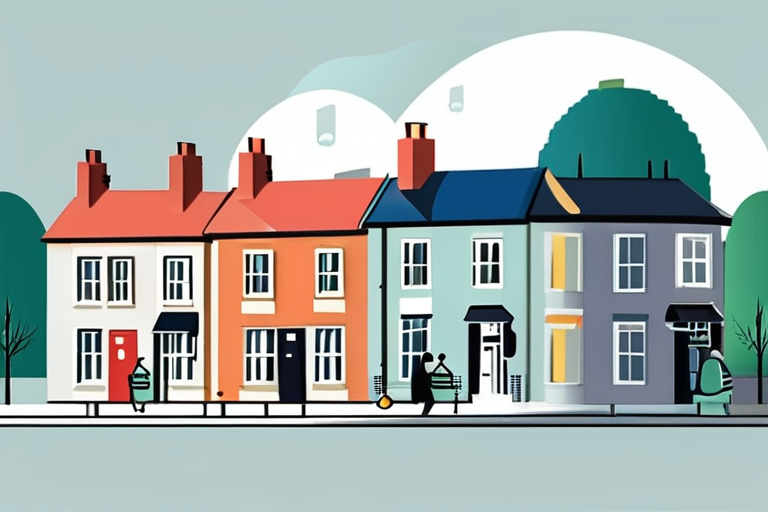





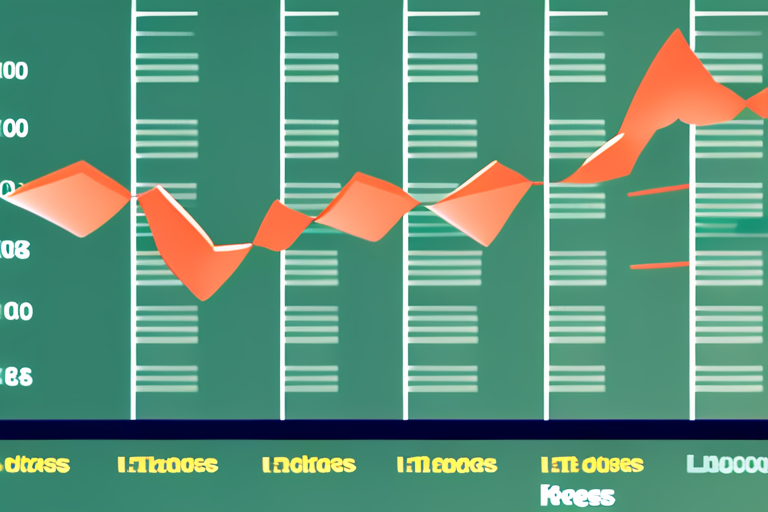
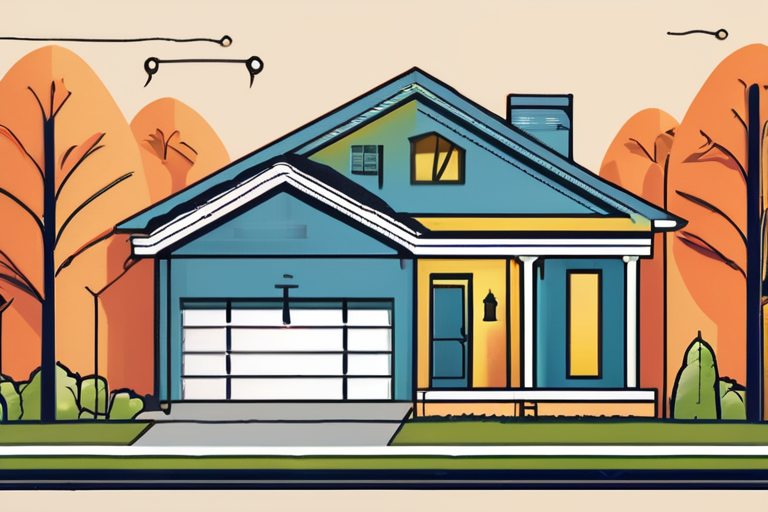
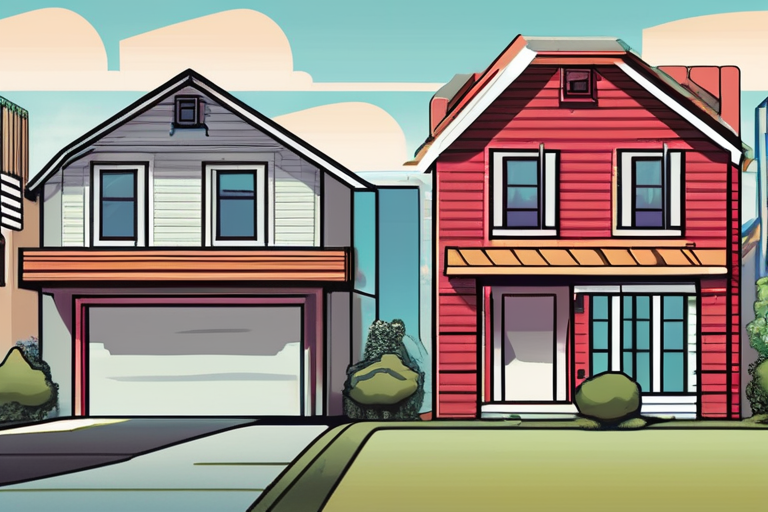





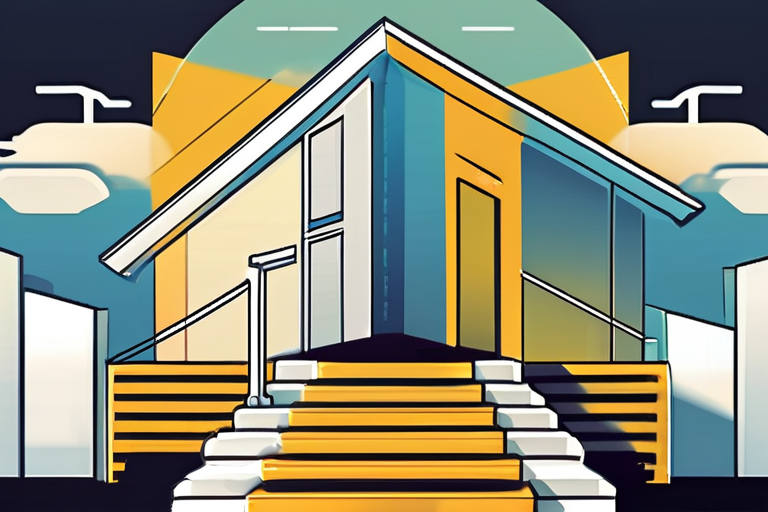
Share & Engage Share
Share this article